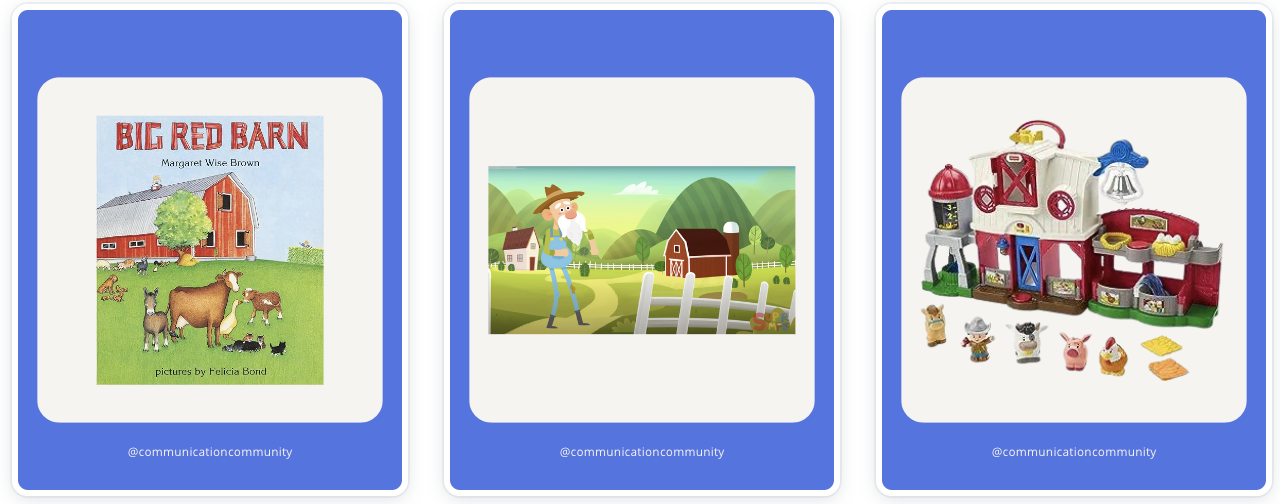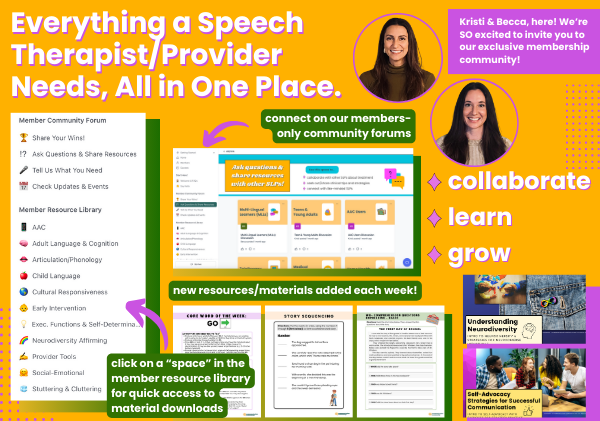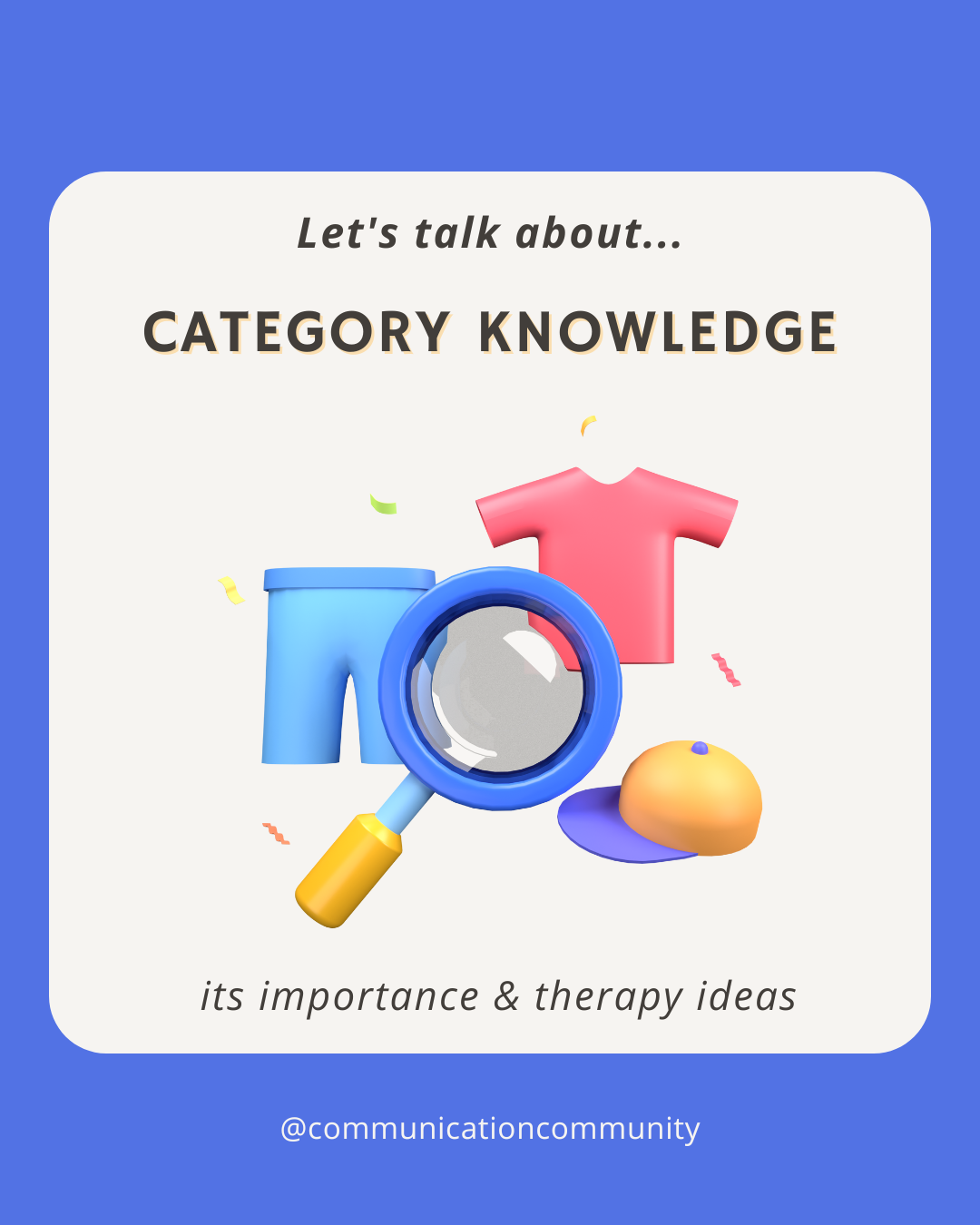Understanding categories is also a part of the Common Core State Standards, the educational standards used across many states in the U.S.
Categories and the Common Core
The Common Core State Standards Initiative is a set of national academic standards for students in kindergarten through grade 12 in the United States of America. It is used across most (though not all) states. One of the learning standards, L.K.5a, is "Sort common objects into categories (e.g., shapes, foods) to gain a sense of the concepts the categories represent." If you are a speech-language pathologist (SLP), you have also probably seen many goals that target vocabulary through category knowledge.
Why Category Knowledge is Important
The application of categories is prevalent across many areas of life. For example, food is often organized by type in the refrigerator: fruits and vegetables might be in one drawer, cheeses in another area, and condiments together. The same goes for an individual who is looking for the milk aisle at the grocery store. The grocery store is one big categorically-based community setting (think about all of those milk subcategories too, like oat, soy, lactose-free, etc)! In a bedroom, clothes may be organized by type as well: socks in one spot, pajamas in another, and shoes in another. In a classroom, all writing utensils can be found in a specific area, math materials in another, and personal items in a third. If a student has a pencil and asks where to put it, a teacher might say, “Put it with all the other writing utensils.” If a student is helping clean up the dramatic play and science areas after centers, they might put all the clothes and accessories in one bin and science items in another.
Category Activities for Speech Therapy
There are many fun and engaging ways to target category knowledge development in speech therapy. These often combine play-based and more structured tasks.
A common category and theme for young children is farm and farm animals. There are many different ways to talk about animals that live on a farm using toys, songs, and books.
- Toys: Using a farm playset or visual scene, you can talk about all of the different animals that live on a farm. These may include pigs, horses, cows, sheep, and more. If you have other play animals, like a shark, you can introduce it and think about whether or not you’d find it on a farm. For example, while holding up a shark and a pig, you can say, “Show me the animal that lives on the farm” or “Show me the animal that lives in the sea.”
- Songs: The classic song, Old Macdonald Had a Farm, talks about different animals that live on a farm. While singing the song, you can use pictures or animal toys to further reinforce these different animals that live on a farm.
- Books: There are many books that take place on a farm. Turkey Trouble is a personal seasonal favorite, but some other ones include Little Blue Truck and Big Red Barn.

Below are additional toys, songs, books, and activities that can be used to discuss categorical concepts.
Category Knowledge and Toys
- Farmset: farm animals
- Dollhouse: family members, furniture in a home
- Car set: different types of transportation
- Play kitchen: different types of food and kitchen materials
- Inset puzzles: shapes, ocean animals
Category Knowledge and Songs
- Old Macdonald: farm animals
- One Little Finger: body parts
- The Feelings Song: emotions
- The Wheels on the Bus: parts and actions of busses/cars
Category Knowledge and Books
*note: many of these can be found on YouTube. Search "[book name] + read aloud" to find it!
- Little Blue Truck: farm animals
- Brown Bear, Brown Bear, What do you See?: animals
- The Feelings Books: emotions
- The Very Hungry Caterpillar: food items
Other Category Activities for Speech Therapy:
- Arts and crafts: different types of writing utensils, group different types of stickers, draw items that all have the color green
- Games: Zingo, Hedbanz Jr., Spot It, I Spy…
- Sorting: sort items into different buckets or spaces. If you’re playing with sensory bins, you might put all animal items on one side and all food items on the other
- Dramatic play: while playing with a dollhouse, kitchen set, or dress up, you might talk about categorical concepts as they relate to whatever activity. For example, if you’re dressing up like a vet, you might talk about different animals a vet might take care of
Additional Category Ideas for Speech Therapy:
These are additional general categories that can be targeted or discussed throughout speech therapy sessions.
- Shapes
- Colors
- Food: to be more specific, you can talk about different types of food, like fruits, breakfast foods
- Drinks
- Things you’d find in X place: home, school, park, kitchen
- Writing utensils
- Emotions
- Toys
- Clothing items
- Occupations
- Places: to be more specific, you can talk about specific places, such as different stores
- Sports
- Musical Instruments
- Characters: to be more specific, you can talk about specific characters including superheroes
Category Materials for Speech Therapy
Find receptive and expressive category worksheets within our premium membership community.


This post contains some affiliate links and we are (slightly) compensated if you use them, but all opinions are our own. We appreciate the support!


